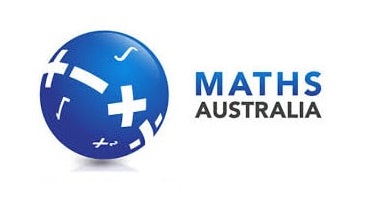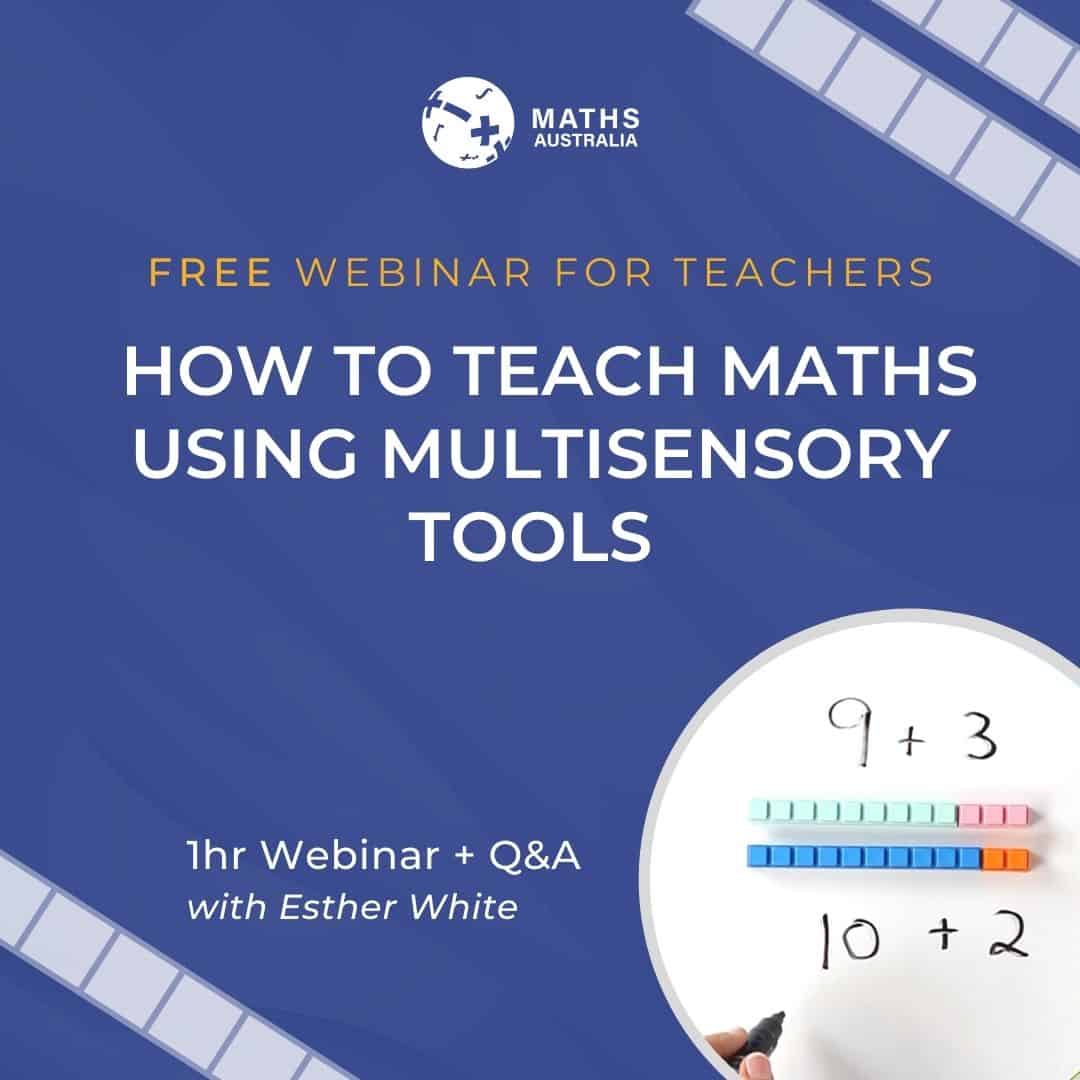
Why NAPLAN results are important
One of the main distinguishing factors for schools across Australia are the defining results from the NAPLAN tests. From as early as 2008, these tests have been held across Australia to record student results and identify key areas for improvement. Some teachers suggest that these tests are no longer relevant, and throughout the COVID lockdowns the tests have been postponed.
However, it's important to have a way to identify what is working and what's not working, especially in the two main subject areas - numeracy and literacy. These two key subjects determine how successful students are, not only in school, but also in future study, employment and career options.
It is in the best interest of both teachers and students that numeracy and literacy are mastered, not just for tests like this, but to minimise anxiety in learning, and to prepare a student for life. If taught with specific methodology and a multisensory approach, students will be able to confidently and effectively understand what they are being taught.
What is NAPLAN?
The National Assessment Program – Literacy and Numeracy (NAPLAN) is a series of tests focused on basic skills that are administered annually to Australian students. These standardised tests assess students' reading, writing, language (spelling, grammar and punctuation) and numeracy and are administered by the Australian Curriculum, Assessment and Reporting Authority (ACARA), says Wikipedia.
NAPLAN was introduced in 2008. ACARA has managed the tests from 2010 onwards. These tests are designed to determine if Australian students are achieving outcomes. There has been a great deal of contention in the educational community as to whether the tests are appropriate, whether teachers are teaching as they normally would or teaching to the test, and what the results of the test are being used for. The data obtained from the NAPLAN tests are collated and used to show a schools' average performance compared to other schools across Australia.
Why are numeracy and literacy so important for student education?
Here's what other educators are saying about NAPLAN
Preliminary results from NAPLAN tests, released on Wednesday, revealed little sign of overall improvement since the standardised exams were introduced in 2008, something ACARA CEO, Robert Randall called a “cause for reflection”.
According to The Educator, Dr Jae Major, a senior lecturer at Charles Sturt University’s School of Teacher Education has done some reflection herself and said the problem is not with teachers but with the test itself.
“In essence, a test cannot, on its own, improve student outcomes. A test, no matter how good it is, is only one source of information about progress and achievement,” Major says.
“It is how the information it provides is used to inform teaching and learning that is the key to improving student outcomes.”
Major said that, as it stands, NAPLAN is not used as a source of data to inform teachers’ planning or practices, mostly because the results come too late to be of use. She added that teachers don’t know how to effectively analyse or use the results to inform their teaching.
“We need to change the way we train our teachers. No one is being trained in how to respond to the NAPLAN results [and adjust the way numeracy and literacy are being taught to students] and that is why we are flat-lining,” one senior educator told The Daily Telegraph.
Major agreed that teachers’ professional development is indeed an important factor in how the tests results are scrutinised, but cautioned against using such a “narrow focus” to measure such a complex type of testing.
Major suggested that instead of the results being sent back to a central authority for analysis – as if they were definitive proof of the quality of the school and teachers – the results should be analysed to provide information about areas of strength [and the ways these subjects are being taught to students].
“The missing component in the process is professional learning to help teachers understand standardised test results in depth, and how to use them along with the other assessment data they collect to develop targeted learning programs,” Major said.
“Unfortunately, literacy and numeracy skills and – more importantly – their application in real life, cannot be neatly reduced to this kind of testing.”

What are the best methods to teach maths?
The methods that have been used to teach maths obviously aren't working for all students. There are reasons for that! Firstly, you can't introduce maths abstractly as a subject and secondly, students have multiple learning styles that need to be catered for.
To solve both those important questions, the following methods of teaching maths are crucial to student education:
Looking for support in teaching maths?
We've met so many teachers, tutors and intervention specialists alike who have struggled with teaching maths to their students. Primarily because of the way maths is introduced into our education system, they themselves continue to struggle as they try to educate their own students.
Until now, there's not been a simple solution available that both upskills the teacher in effective maths pedagogy and that also provides a program incorporating research and evidence-based recommendations .
Until now, that is.
Because of the high demand, we have organised Teacher-specific Trainings to support educators to teach their students maths using a more effective method. Our Teacher Trainings equip you to confidently teach maths as a concrete, sequential and mastery-based subject. They include 1:1 exclusive sessions with myself, Esther White, (Teacher Trainer and CEO of Maths Australia), workbooks, loads of bonus resources and ongoing mentoring to make sure you know exactly what you're doing and have everything that you need to teach mathematics effectively.
You can check out the Teacher Trainings here, or sign up for our free webinar below:
All the best for teaching happy, confident maths students!
Warmly,
Esther White


sdUXcOToKnFRQ
aBqfnhkvL